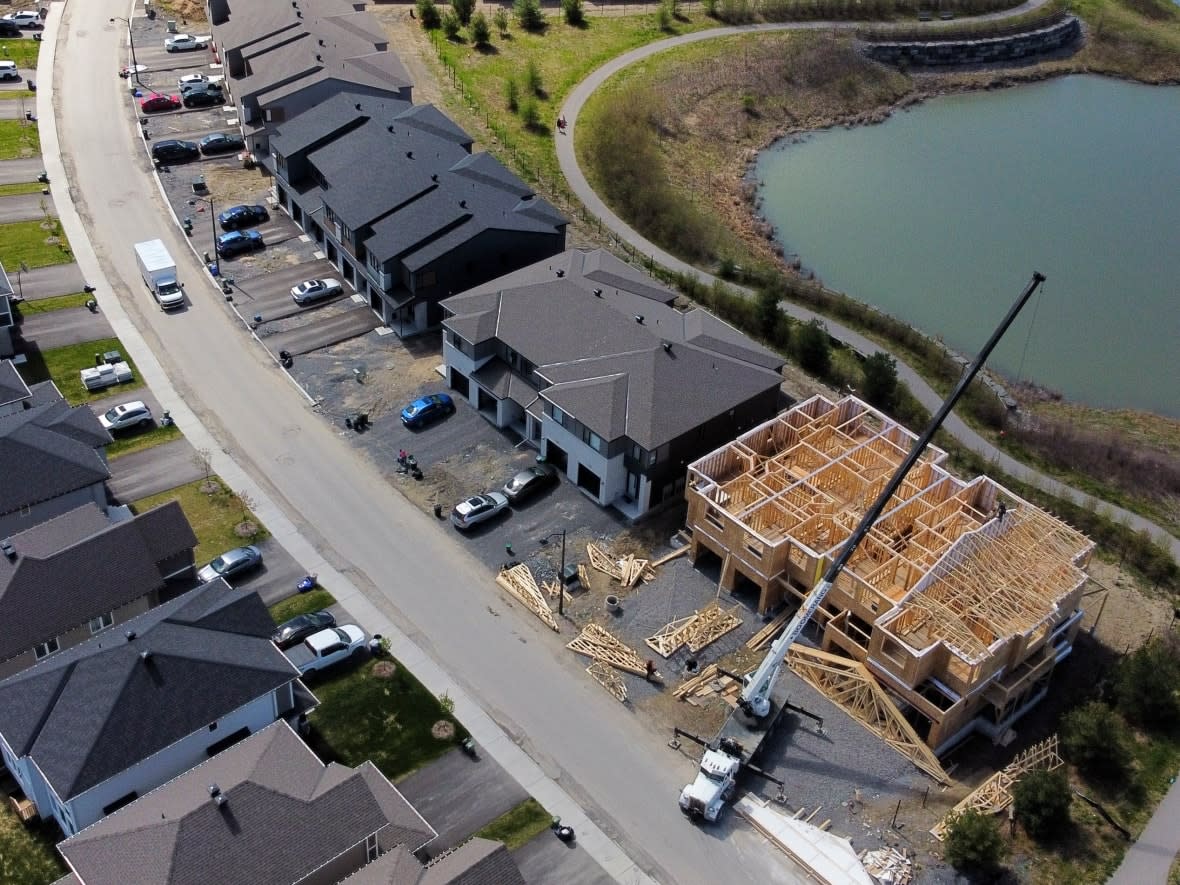The Ford government has expanded Ottawa's boundary. Here's what's been added

Ontario's minister of municipal affairs and housing used his powers to expand the City of Ottawa's urban boundary last week by 654 hectares, and has included agricultural fields and lands near a quarry that staff had previously chosen to avoid.
While not every last hectare will be developable, Steve Clark's additions — released Nov. 4 and not open to appeal — have increased the 1,281-hectare urban expansion council approved in May 2020 by about 50 per cent.
"This is going to create more urban sprawl. It's going to be expensive for taxpayers," Mayor Jim Watson told reporters after his final council meeting on Wednesday.
Watson criticized the province for signing off on the city's official plan without consultation, behind closed doors, and after the Oct. 24 municipal elections — despite receiving it almost a year ago.
The City of Ottawa got extensive community feedback over many months in 2020 and 2021. Watson said when he was municipal affairs minister prior to 2010, official plans would see "minor tweaks," not "massive changes".
"What more can I say, except profound disappointment that the province is treating its second-largest city in this paternalistic way," said Watson.
Several hundred hectares not recommended
The Ford government, however, has been pushing to aggressively boost housing supply as it pledges to make housing more affordable. It's assigned Ottawa a target of 151,000 more homes in a decade, double what Ottawa had projected it needed.
Clark's press secretary, Victoria Podbielski, pointed out in a statement that all levels of government must prepare for population growth, especially with the federal government targeting 1.5 million new immigrants by 2025.
"Official plans are among the most important tools municipalities and the province use in partnership to prepare for future growth and housing needs," she wrote. "That is why, after careful consideration the Minister took the necessary action to accommodate this significant growth and allow for more desperately needed housing to be built."
Clark's formal notice of approval included a map that showed the biggest additions to the urban boundary were located north of Kanata, east of Findlay Creek, and in a rural area near Riverside South in the vicinity of the future Bowesville LRT station.
Councillors had discussed the choices parcel by parcel in the winter of 2021, and city staff have already briefed council on how they scored — using criteria liked their proximity to pipes and transit:
The 106 hectares near the future Bowesville LRT scored well.
In Stittsville, 65 hectares on Fernbank Road had servicing issues and were habitat to protected species.
Another 14 hectares at Flewellyn and Shea roads on Stittsville's edge were not recommended due to an active court case.
Staff scored 207 hectares east of Findlay Creek poorly due to a lack of city infrastructure.
There were 50 hectares east of Findlay Creek that weren't scored as they're too close to an active quarry.
On average, 38.9 homes are built per hectare in Ottawa on such wide-open areas called "greenfields," according to a report at planning committee last month.
Rural communities should be worried, says councillor
Coun. Scott Moffatt, who co-chairs the planning committee and ends his time on council on Monday, wasn't surprised the province expanded the urban boundary given its targets for home construction far exceed the city's.
The South March lands were "easy pickings" for the government, he said. But Moffatt has long championed protecting prime agricultural lands and is far more concerned the government chose to add those 37 hectares in Orléans.

Moffatt said he'd have preferred the government first see how its intensification policies in Bill 23 might boost housing supply — it intends to allow triplexes on each residential lot, for instance — before also expanding suburbs.
By doing both at the same time, there's less incentive to reach the city's goal of building densely where services already exist, he said.
"The message it sends is that we can just keep growing out. And that should concern rural communities. That should concern the farming community," Moffatt said.
Ottawa isn't alone, however. The provincial government approved the City of Hamilton's official plan the same day as Ottawa's — and also added 2,200 hectares there as well, even though council had voted to house all of its future population through intensification and to hold the existing urban-rural line.
Also on Nov. 4, the Ford government released a proposal to build 50,000 homes on tracts of the Greenbelt in the Toronto area, after previously promising not to open any of that land to development.
Watson said it will be up to the incoming Ottawa city council to be "forceful" and to "push back on some of the things that the province is trying to impose on us."


